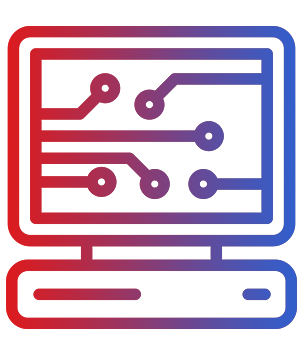#57: Measuring objects smaller than the field-of-view
For some non-contact temperature monitoring tasks, the object to be measured is too small to adequately fill the field-of-view of one of the IRt/c models. The monitoring can still be successfully performed if two conditions are met:
The object size and distance from the IRt/c are constant.
The area surrounding the object within the field-of-view of the IRt/c has a repeatable temperature.
The signal produced by the IRt/c represents the average temperature within its view. Accordingly, the signal can be represented by the equation:

where T is the output signal, Tt the target object temperature, At the target object area, Ts the surroundings temperature, As the surroundings area as seen by the IRt/c, and A the total area seen by the IRt/c. For example, to measure the temperature of a thin rubber strip 2,5 mm (0.1”) wide moving continuously 25 mm (1”) away from an IRt/c.2, at a temperature expected to be about 93°C (200°F), and a surrounding temperature at 27°C (80°F). At 25 mm (1” ) distance, the IRt/c.2 spot size will be approximately 13 mm (.5”).

Computing the results for the equation gives:

This result shows that the average signal will be 17°C (31°F) above the surroundings temperature, compared to an actual object temperature of 67°C (120°F) above surroundings, or approximately one-fourth, which is the ratio of object area to surroundings area measured. Therefore, if the surroundings are expected to be repeatable to ,6°C (1°F), the IRt/c signal will be repeatable to 2°C (4°F). For the final display on a controller, or other read-out device, calibrate in standard fashion by using the available offset adjustment. If the object is to be controlled over a wide range of temperatures, calibrating with a span adjustment will yield greater accuracy.
If the target temperature falls within the range of one of the LoE models, the LoE model should be used, even if the target is not metallic. Since a small target results in the same radiation mathematics as low emissivity, a LoE model will reduce errors due to size change and positioning by a factor of approximately 4. See Tech Note #59.


